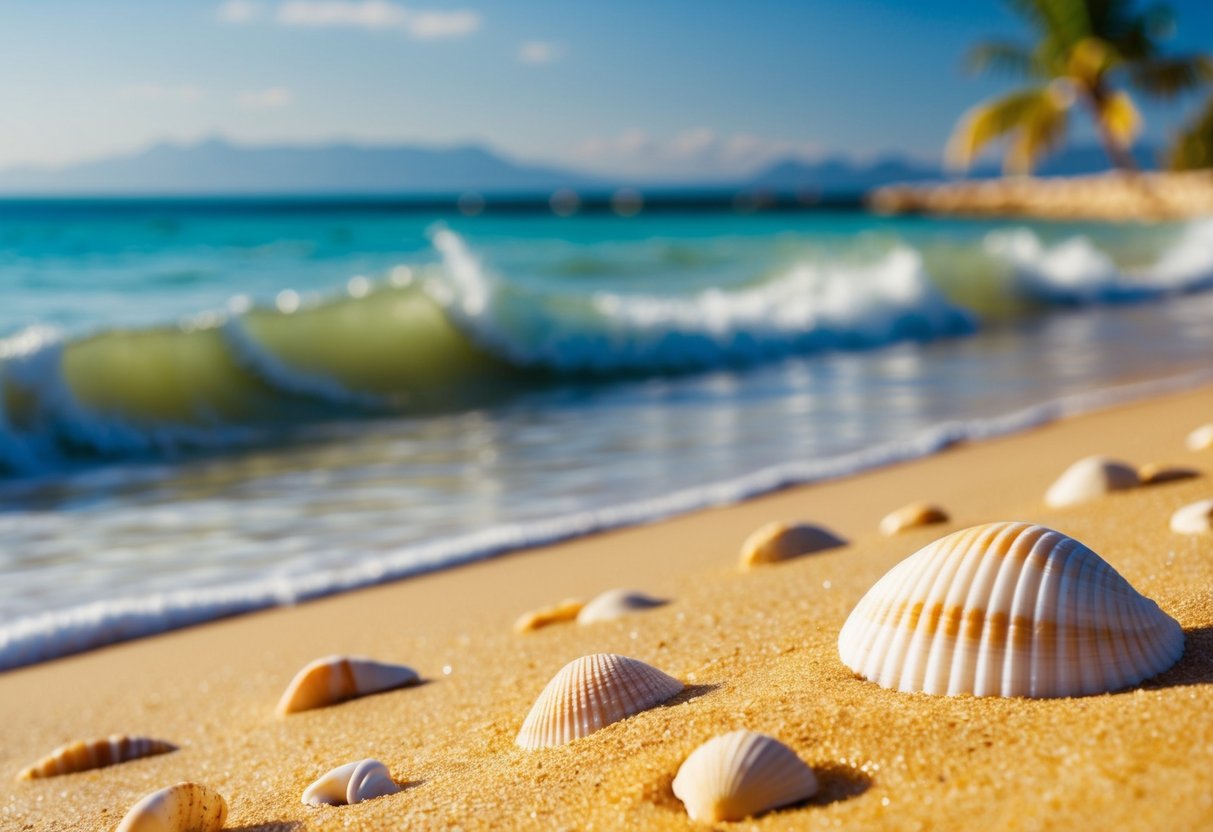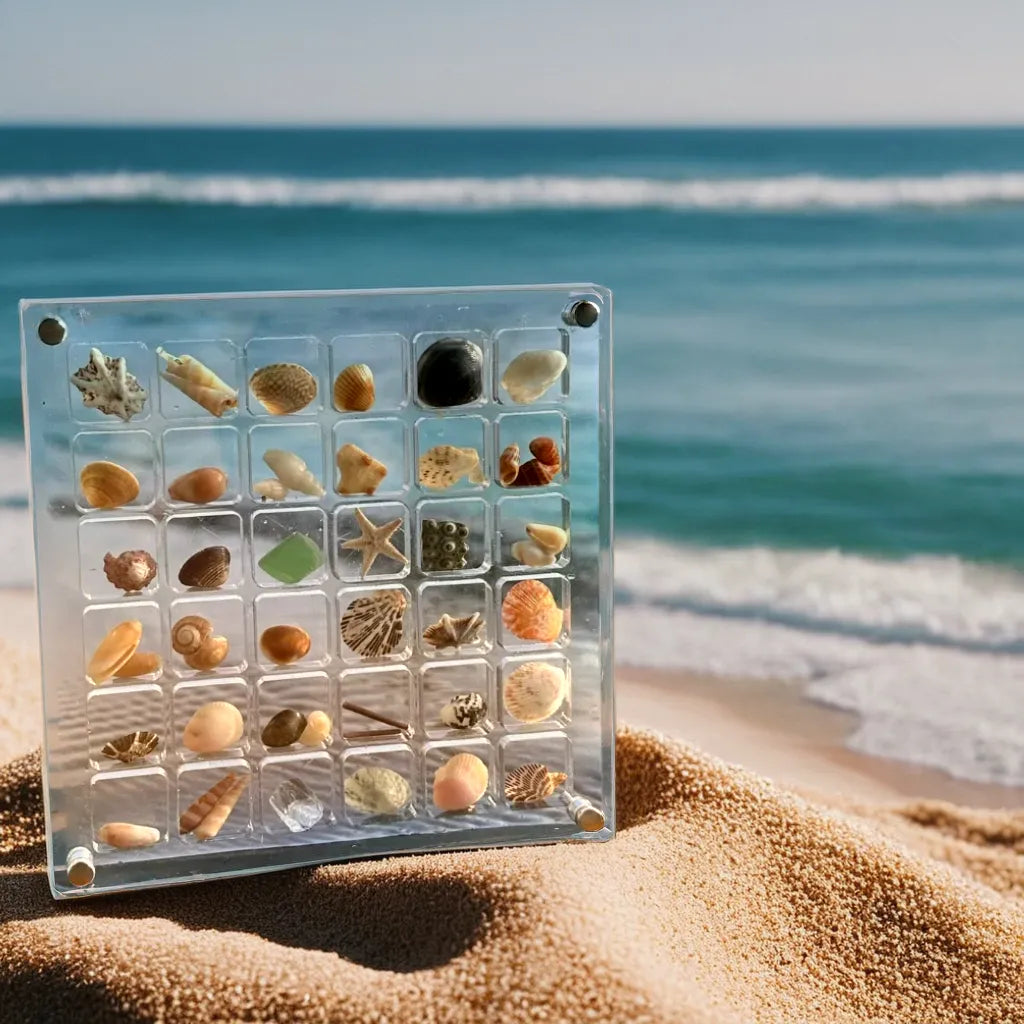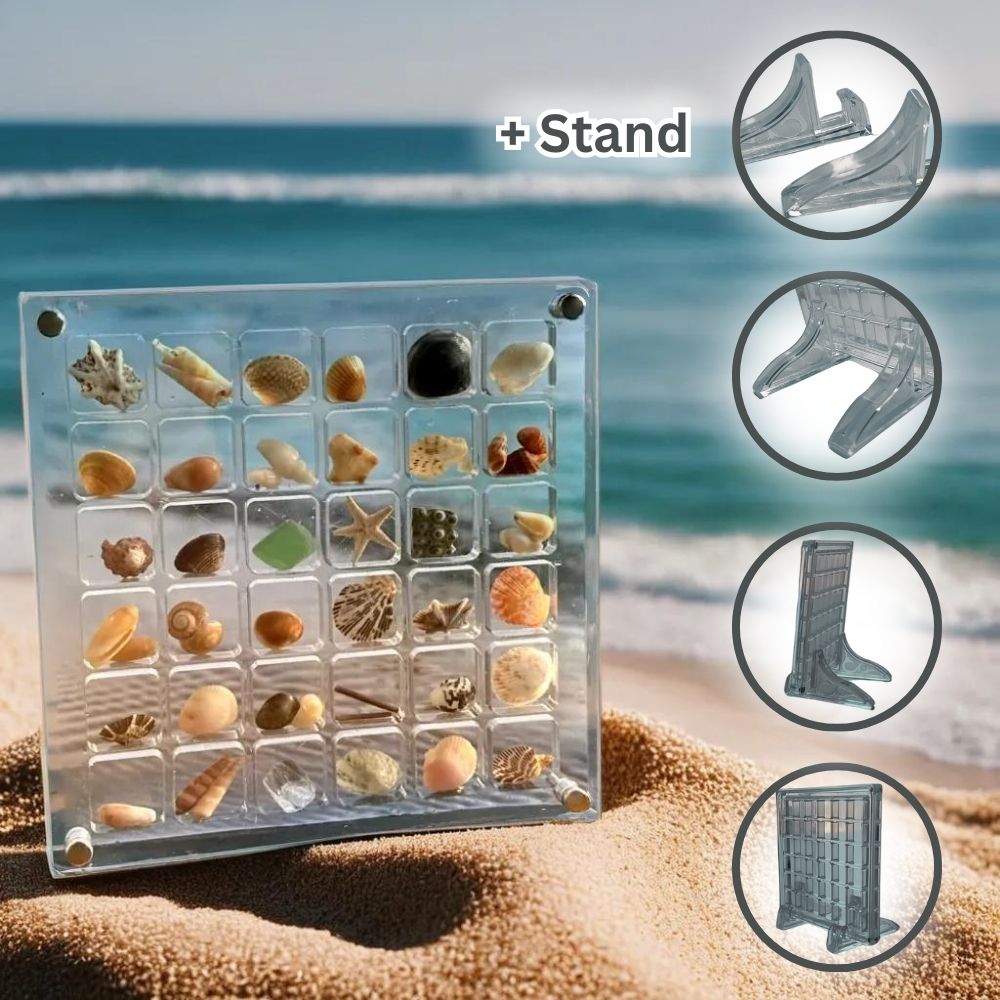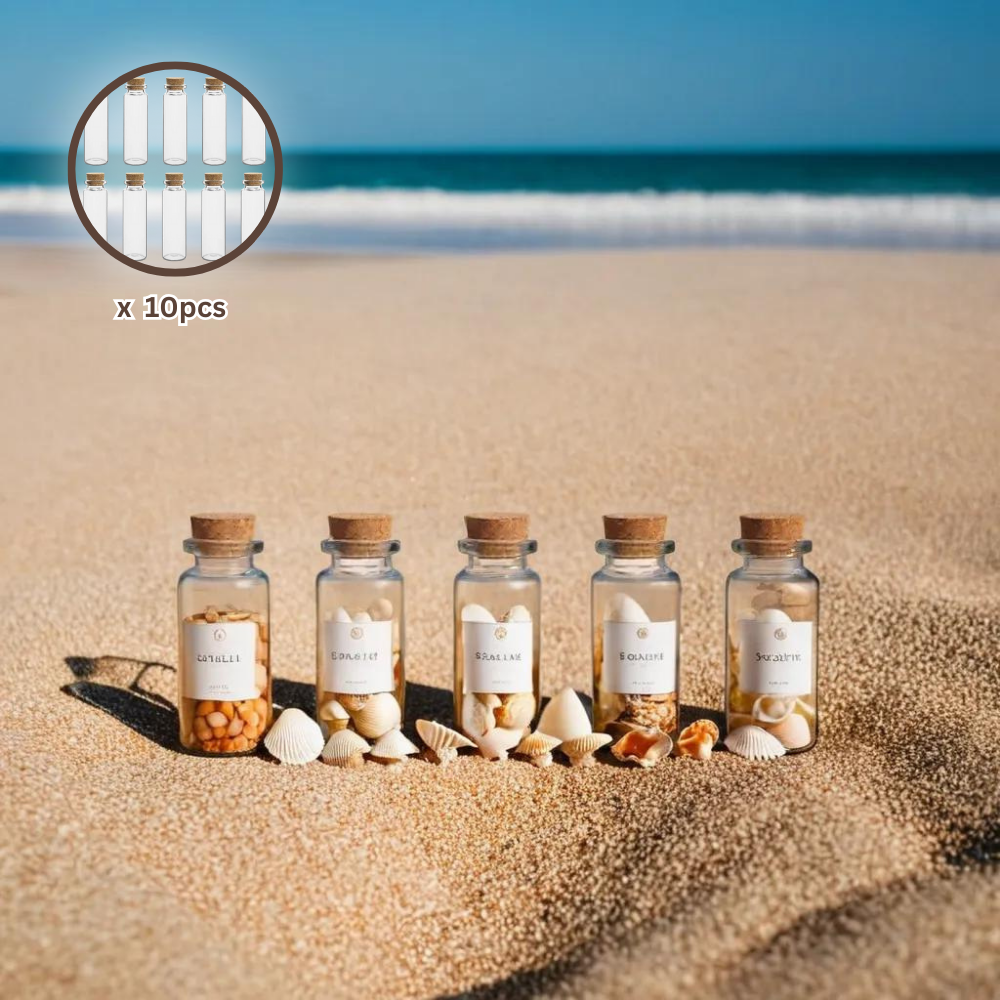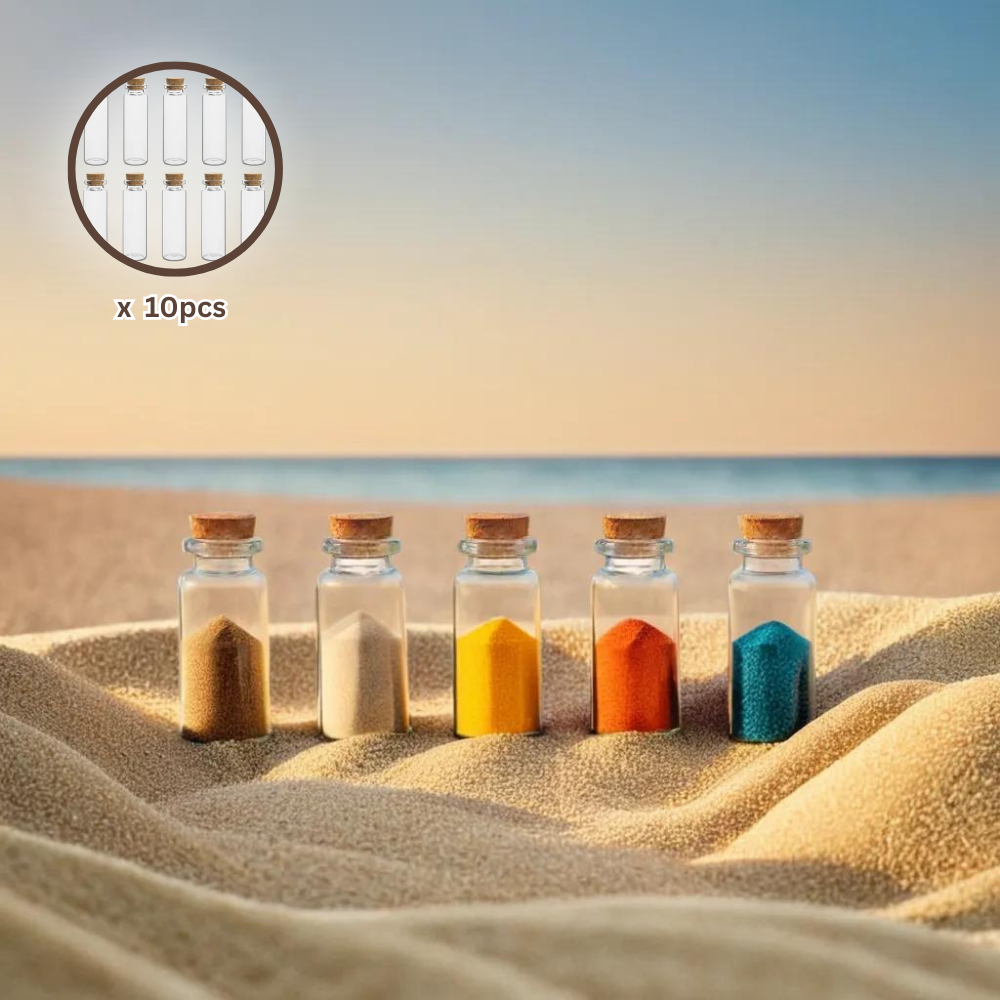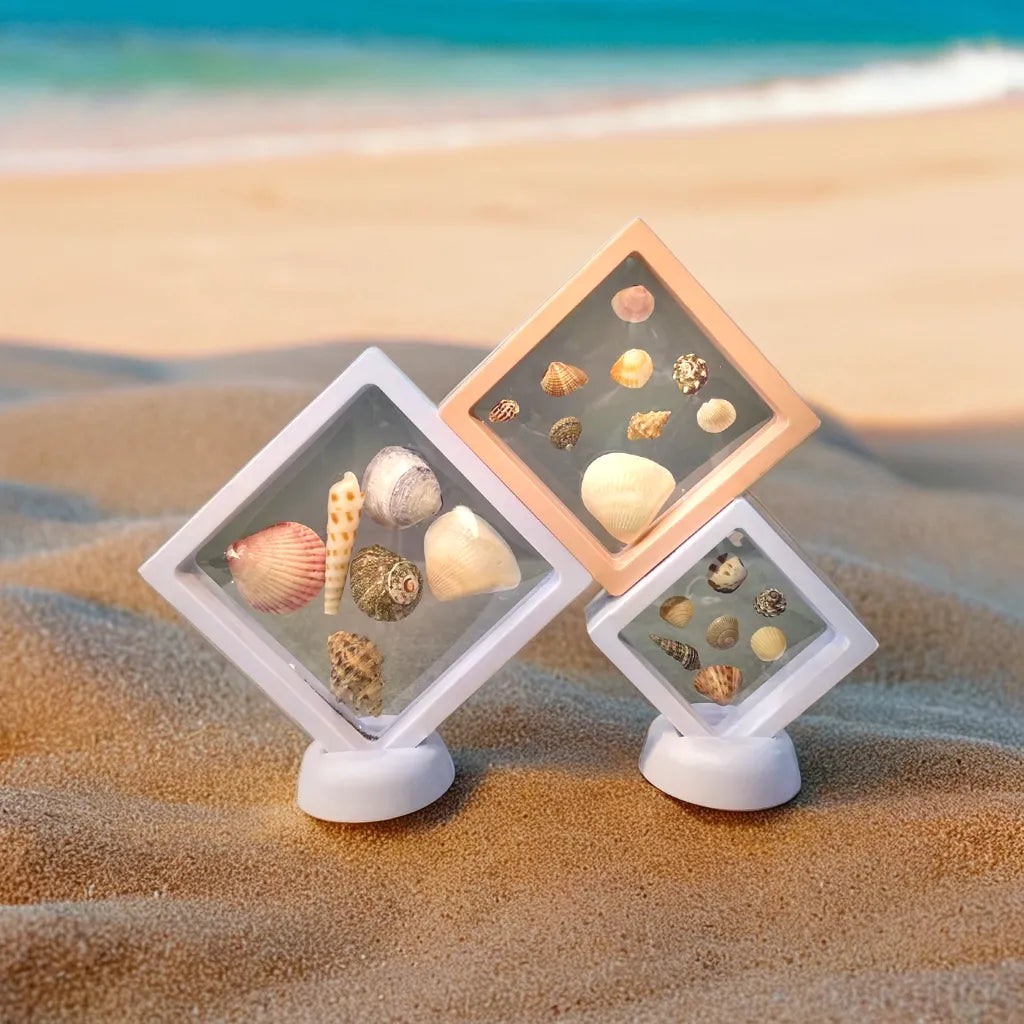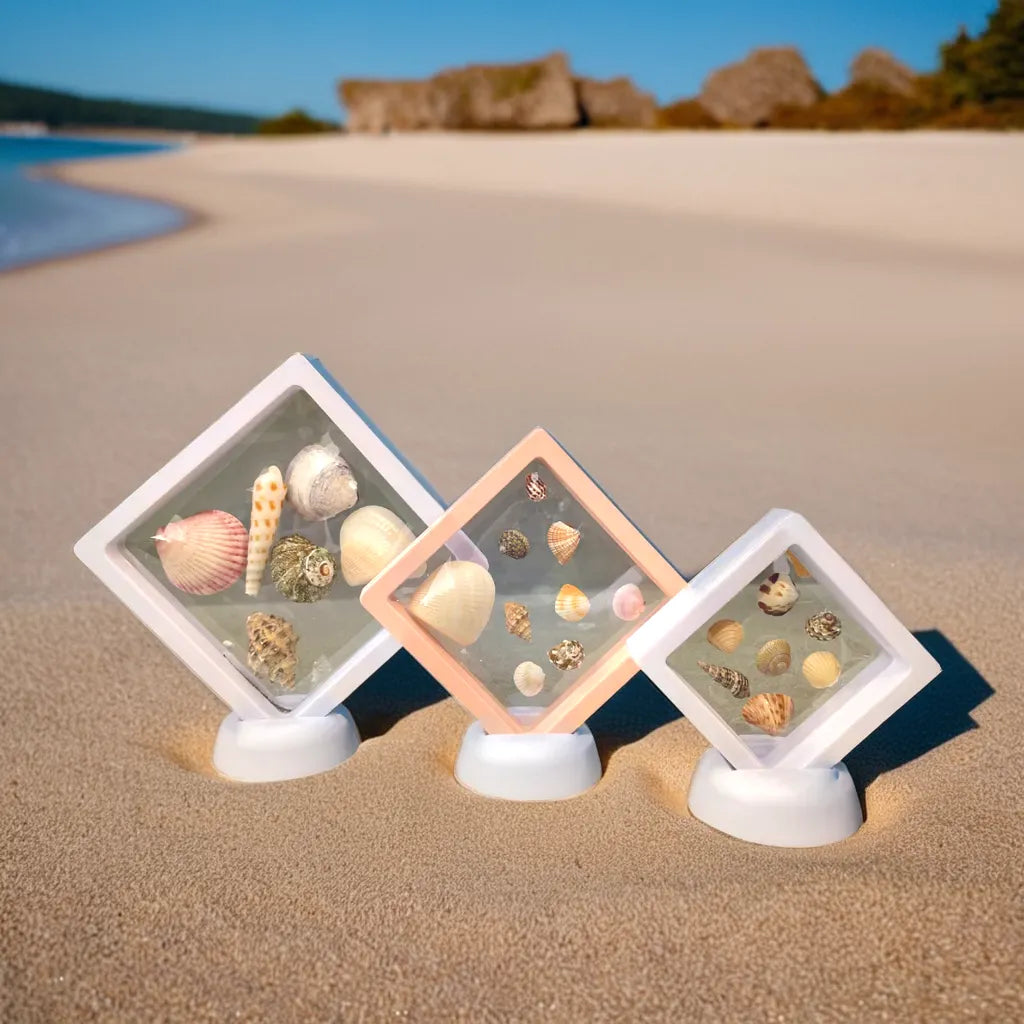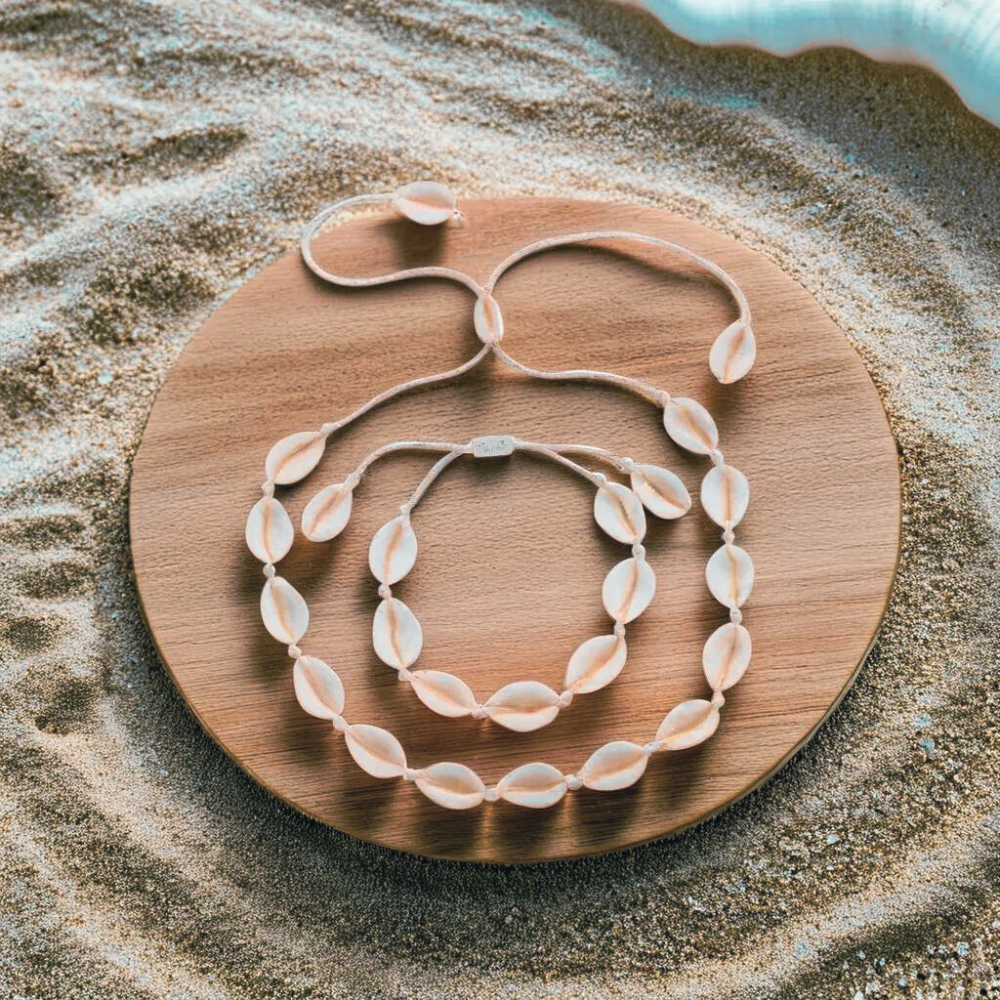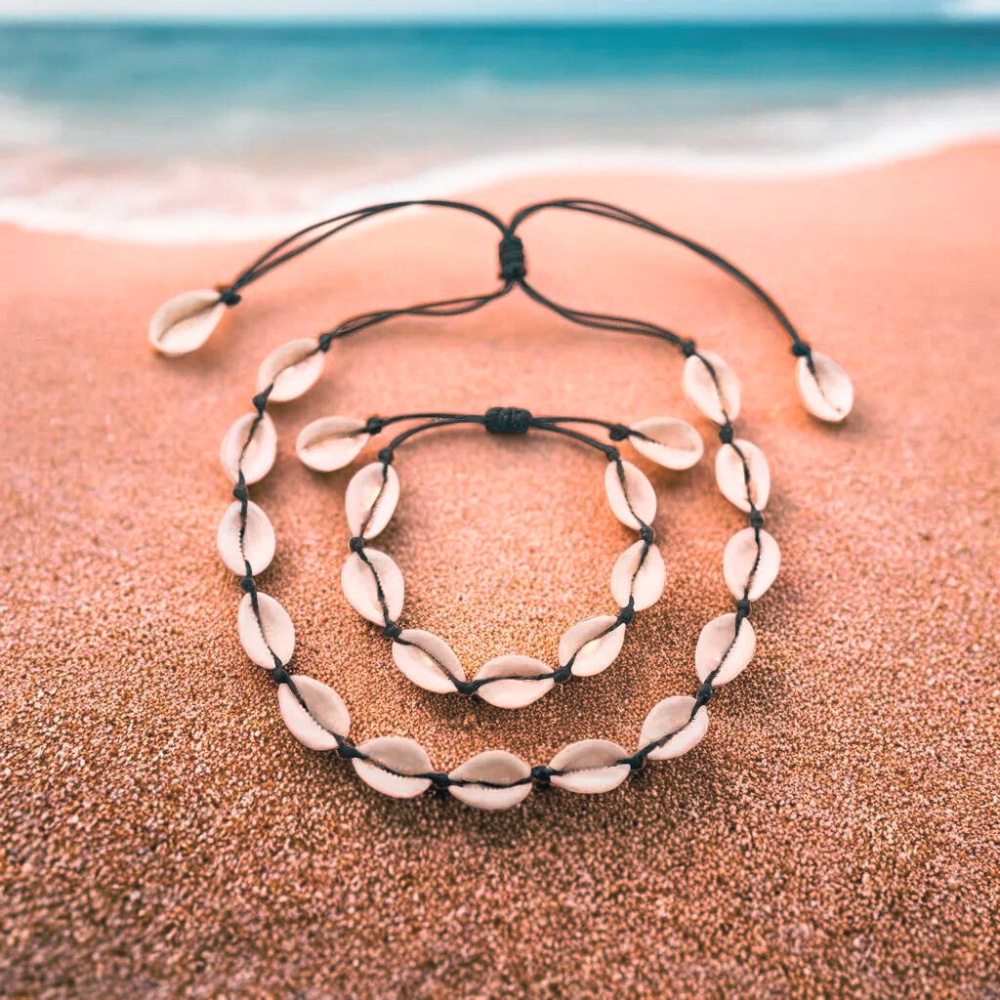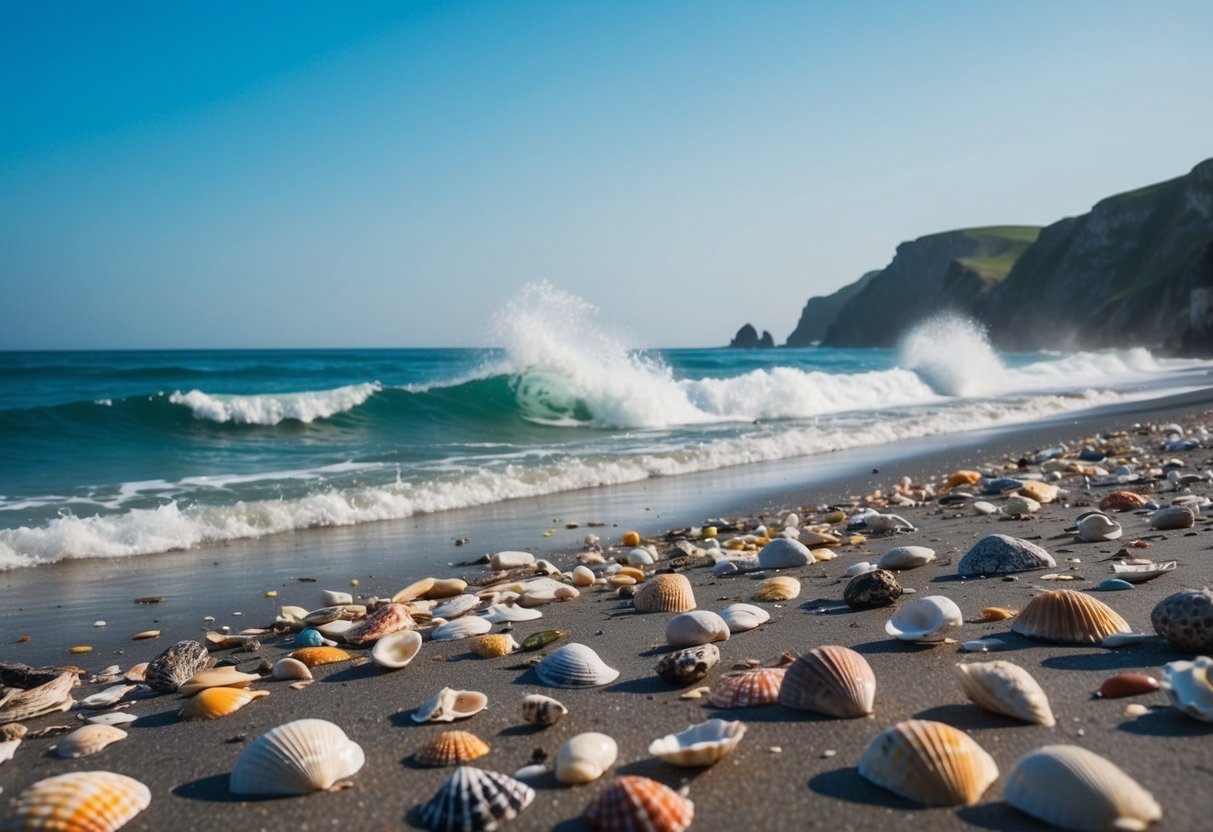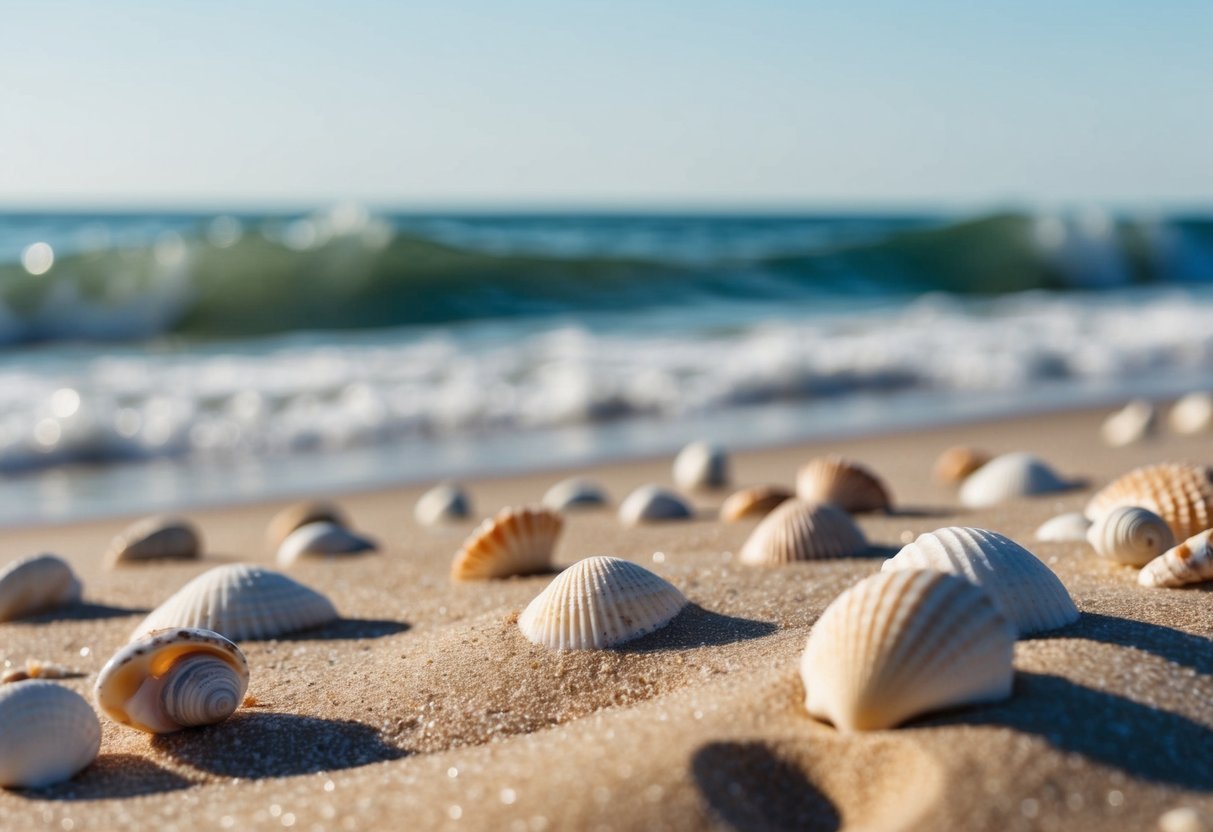India's coastline stretches for thousands of miles, offering beach lovers a wide variety of sandy shores to explore. From the popular beaches of Goa to hidden gems in Kerala, there's no shortage of beautiful seaside destinations. Many of these beaches are known for their pristine sands and clear waters, perfect for relaxation and water activities.
 Beach-goers searching for seashells will find plenty of great spots along India's coast to collect these natural treasures. The country's diverse marine ecosystems produce an array of colorful and unique shells that wash up on its beaches. Whether you're a serious collector or just enjoy finding pretty shells as you stroll along the shore, India's beaches have much to offer shell enthusiasts of all levels.
Beach-goers searching for seashells will find plenty of great spots along India's coast to collect these natural treasures. The country's diverse marine ecosystems produce an array of colorful and unique shells that wash up on its beaches. Whether you're a serious collector or just enjoy finding pretty shells as you stroll along the shore, India's beaches have much to offer shell enthusiasts of all levels.
 Beach-goers searching for seashells will find plenty of great spots along India's coast to collect these natural treasures. The country's diverse marine ecosystems produce an array of colorful and unique shells that wash up on its beaches. Whether you're a serious collector or just enjoy finding pretty shells as you stroll along the shore, India's beaches have much to offer shell enthusiasts of all levels.
Beach-goers searching for seashells will find plenty of great spots along India's coast to collect these natural treasures. The country's diverse marine ecosystems produce an array of colorful and unique shells that wash up on its beaches. Whether you're a serious collector or just enjoy finding pretty shells as you stroll along the shore, India's beaches have much to offer shell enthusiasts of all levels.
1) Radhanagar Beach, Andaman and Nicobar Islands
Radhanagar Beach is a top spot for shell collectors in India. It's on Havelock Island, part of the Andaman and Nicobar Islands. This beach is known for its beauty and clean white sand. The beach has clear blue water and thick forests nearby. It's been called one of Asia's best beaches. Time Magazine even named it the 7th best beach in the world in 2004. Shell hunters can find many types of shells here. The beach is long and wide, giving plenty of space to search. The best time to look for shells is early morning or after high tide. Visitors should be careful not to take live shells or damage the beach. It's important to protect the natural beauty of Radhanagar Beach. The area is also good for swimming and watching sunsets. Getting to Radhanagar Beach requires a boat trip from Port Blair. The journey is worth it for the chance to find unique shells on this stunning beach.2) Palolem Beach, Goa
Palolem Beach is a stunning crescent-shaped stretch of sand in southern Goa, India. It's known for its soft white sand and calm turquoise waters. The beach is framed by lush palm trees and colorful beach huts, creating a picturesque tropical setting. Many visitors consider Palolem one of Goa's most beautiful beaches. Shelling enthusiasts can find a variety of seashells along the shoreline. The best time to look for shells is during low tide in the early morning. Palolem Beach is popular with both international and domestic tourists. It gets busy during the peak season from November to March. The area offers activities beyond shelling. Visitors can go boating in the nearby mangrove backwaters or watch the sunset over the Arabian Sea. Palolem is about two hours from Goa's Dabolim Airport. The nearest train station is Canacona, just a 10-minute drive away. For those interested in beach accommodations, Palolem has many options. Visitors can stay in beach huts right on the sand or choose from nearby guesthouses and hotels.3) Kovalam Beach, Kerala
Kovalam Beach is a gem on Kerala's coastline. It's known for its three distinct beaches: Lighthouse Beach, Hawa Beach, and Samudra Beach. These stretch for 17 kilometers along the Malabar Coast. The sand at Kovalam has a unique black color due to rare earth elements. This makes it stand out from other beaches in India. It's a great spot for shell collectors to explore. Kovalam is close to Trivandrum, Kerala's capital. This makes it easy to reach by air, rail, or road. The beach offers many options for visitors, from budget stays to luxury hotels. Sunset at Kovalam is a magical time. The warm colors paint the sky and reflect on the water. It's perfect for evening walks along the shore. Visitors can watch local fishermen at work. They head out to sea in their boats, bringing back the day's catch. This adds to the beach's authentic charm. Kovalam's beauty and accessibility make it a top choice for beach lovers and shell hunters alike. Its unique features set it apart from other Indian beaches.4) Gokarna Beach, Karnataka
Gokarna Beach is a gem on India's western coast. It's known for its pristine sand and clear waters. This beach attracts shell collectors and nature lovers alike. The shore is dotted with various shells. Visitors can find colorful seashells of different shapes and sizes. The best time to look for shells is early morning or after high tide. Gokarna Beach is the longest in the area. It stretches for about 1.5 kilometers. This gives shell hunters plenty of space to explore. The beach is less crowded than some other popular spots. This means better chances of finding unique shells. The peaceful atmosphere adds to the shelling experience. Besides shells, the beach offers stunning views. Sunsets here are particularly beautiful. Many visitors combine shelling with watching the sun go down. Nearby, there are other beaches to explore. Om Beach and Kudle Beach are popular options. Each has its own charm and shell-finding potential.5) Tarkarli Beach, Maharashtra
Tarkarli Beach sits on the Konkan coast in western Maharashtra. It's known for its clear waters and white sand. The beach stretches along the Sindhudurg district, near the border of Goa. Tarkarli offers great shelling opportunities. Visitors can find a variety of shells along the shoreline. The beach's calm waters make it easy to search for shells in the shallows. Water sports are popular at Tarkarli Beach. Scuba diving and snorkeling let people see colorful marine life up close. Parasailing is another fun activity for beach-goers. The area around Tarkarli Beach has a laid-back feel. It's less crowded than many other beaches in India. This makes it a good spot for relaxed shell hunting. Tarkarli Beach is best visited between October and March. The weather is pleasant during these months. Shell collectors can enjoy comfortable temperatures while exploring the beach.6) Varkala Beach, Kerala
Varkala Beach in Kerala stands out as a prime shelling destination. Its unique cliff-side location offers a picturesque setting for beachcombers. The beach stretches along the Arabian Sea coast, providing ample space for shell hunting. Visitors can find a variety of shells washed up on the shore, especially after high tide. Common finds include cowrie shells, conch shells, and sand dollars. The beach's natural beauty and relative seclusion contribute to its appeal for shell collectors. Varkala Beach is easily accessible by train, with the station located in town. This makes it convenient for travelers seeking a shell-hunting adventure. The best time for shelling is early morning before other beachgoers arrive. Sunset is also a good time, as the receding tide often reveals new treasures. Besides shelling, visitors can enjoy swimming and sunbathing. The cliff-top area offers restaurants and shops, making it a well-rounded beach destination.7) Marari Beach, Kerala
Marari Beach sits in the Alappuzha district of Kerala, about 11 km from Alleppey town. This picturesque stretch of golden sand offers a serene escape from busier tourist spots. The beach is known for its beautiful seashells. Visitors can stroll along the shore and collect a variety of shells washed up by the waves. The best time to search for seashells is early morning or after high tide. Marari's pristine waters and swaying palm trees create a tranquil atmosphere. The beach remains relatively uncrowded, allowing for peaceful shell hunting and relaxation. Between December and March, the weather is dry and sunny, making it an ideal time to visit. During these months, the calm seas bring in more shells to discover. Besides shelling, visitors can enjoy Ayurvedic massages or explore the nearby backwaters on traditional houseboats. The area's natural beauty and laid-back vibe make it a favorite among nature lovers and those seeking a quiet getaway.8) Mandrem Beach, Goa
Mandrem Beach in Goa is a hidden gem for shell collectors. This quiet stretch of coastline offers a peaceful setting for beachcombing adventures. The beach features soft white sand and clear blue waters. It's less crowded than many other Goan beaches, giving visitors space to search for shells. Mandrem's shoreline is dotted with a variety of seashells. Beachgoers can find colorful cowries, delicate sand dollars, and spiral-shaped whelks. The best time for shelling is early morning or after high tide. This is when fresh shells wash up on the shore. Palm trees line the beach, providing shade for shell hunters. The area around Mandrem Beach is known for its natural beauty and tranquil atmosphere. Visitors should be mindful of local rules about shell collection. It's important to leave living creatures in their habitats. Mandrem Beach connects to other nearby beaches like Ashwem and Arambol. This allows for extended shell-hunting walks along the coast.9) Om Beach, Karnataka
Om Beach is a popular destination in Gokarna, Karnataka. It gets its name from its unique shape resembling the Hindu symbol "Om". The beach is known for its golden sands and clear blue waters. Visitors can enjoy stunning views of the sunset over the Arabian Sea. Om Beach offers a mix of relaxation and adventure. Tourists can unwind on the shore or try water activities like banana boat rides. The area around Om Beach has a few shacks and restaurants. These provide refreshments and local cuisine to beachgoers. Getting to Om Beach can be a bit tricky due to its rocky terrain. It's best to arrive early in the day to avoid crowds and fully enjoy the beach's beauty. While not primarily known for shelling, Om Beach may offer some opportunities for shell collecting. The beach's natural beauty and unique shape make it a memorable spot for visitors.10) Puri Beach, Odisha
Puri Beach in Odisha is a popular spot for shell collectors. Located on the Bay of Bengal, this golden sand beach stretches for miles along the coast. Visitors can find a variety of shells scattered across the shoreline. Common types include cockle shells, conch shells, and small colorful sea snails. The best time for shelling is early morning or after high tide. This is when new shells wash up on the beach. Walking along the water's edge often yields the most finds. Puri Beach offers more than just shell hunting. It's known for its religious significance and proximity to the famous Jagannath Temple. The beach also hosts an annual sand art festival. Sunrise and sunset views at Puri Beach are spectacular. Many tourists enjoy these times for peaceful walks and shell searching. While collecting shells, visitors should be mindful of local rules. It's best to take only a few shells and leave the rest for others to enjoy. This helps preserve the beach's natural beauty.The Best Time to Visit Shelling Beaches
The best time to visit shelling beaches depends on seasonal patterns and weather conditions. These factors affect the number and types of shells you can find.Seasonal Trends
Winter and early spring are great times for shelling. Storms during these seasons often wash up more shells onto beaches. December to April is prime shelling season in many areas. Summer can be good too, but beaches may be more crowded. Fall brings hurricane season in some places. This can lead to lots of shells on beaches after storms pass. But be sure to check local conditions and stay safe. Some beaches have unique seasonal trends. For example, some spots might have better shelling during full moons or after spring tides.Weather Conditions
Calm seas often mean fewer shells on the beach. Rough waters tend to bring more shells to shore. Look for days after storms or strong winds for the best shelling. Low tide is the ideal time to search for shells. It exposes more beach area and tidal pools. Check local tide charts to plan your visit. Sunny days make it easier to spot shells. But cloudy days can be good too, as there might be fewer people on the beach. Rain doesn't have to stop shell hunting. Just be careful of slippery rocks and strong currents.Geographical Overview of India's Coastline
India boasts an extensive coastline stretching over 7,500 kilometers. This vast shoreline borders three major water bodies: the Arabian Sea, Bay of Bengal, and Indian Ocean. The western coast faces the Arabian Sea. It includes the states of Gujarat, Maharashtra, Goa, Karnataka, and Kerala. This region features sandy beaches, rocky cliffs, and mangrove forests. On the eastern side, the Bay of Bengal meets the shores of West Bengal, Odisha, Andhra Pradesh, and Tamil Nadu. Here, the coast is characterized by wide sandy beaches and river deltas. India's southernmost tip, Kanyakumari in Tamil Nadu, marks the meeting point of three seas. This unique geographical feature creates diverse coastal ecosystems. The country's coastline also includes two major island groups:- Andaman and Nicobar Islands in the Bay of Bengal
- Lakshadweep Islands in the Arabian Sea

